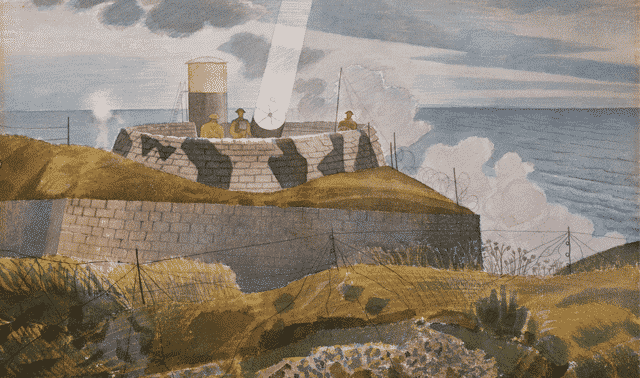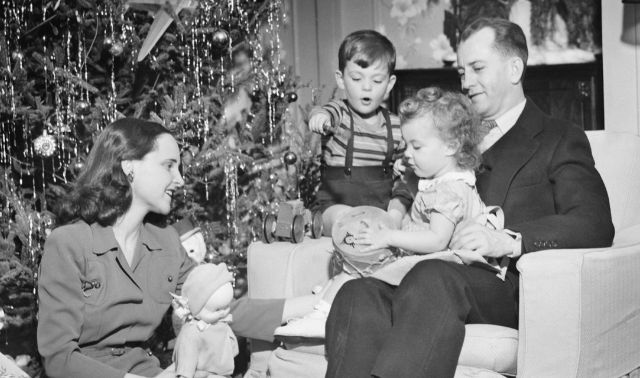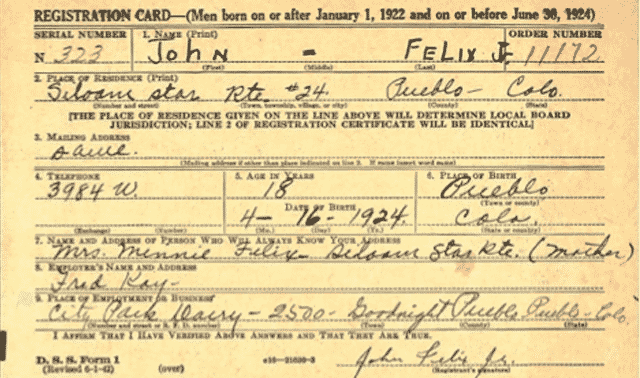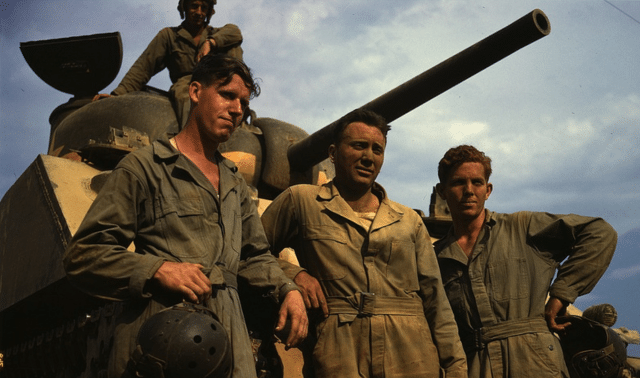Sign up for the Family Tree Newsletter! Plus, you’ll receive our 10 Essential Genealogy Research Forms PDF as a special thank you.
Get Your Free Genealogy Forms
"*" indicates required fields

Q. How do I use the WWII Army Enlistment information on Fold3? I found my grandfather within seconds. There was no document image, but the source information gave box, card and reel numbers. How do I use those numbers to find the document?
A. The WWII Army enlistment records that are free on Fold3 and other genealogy database sites come from the National Archives and Records Administration’s (NARA) Access to Archival Databases (AAD) system. It has records of approximately 9 million men and women who enlisted in the US Army, including the Women’s Army Auxiliary Corps, between 1938 and 1946.
The Army used punch cards to record the information. It microfilmed the cards after World War II, then destroyed them.
Normally, we’d advise genealogists to go right from an index or transcription to the microfilmed or paper record. But in this case, if you look at the film (which is what Fold3’s source citation numbers refer to), you’d just see cards with a series of holes in them.
NARA acquired the microfilm in 1959, and later digitized it and ran it through a “reader” to code the meaning of the punches. About 13 percent of the cards couldn’t be read due to poor microfilm quality, and an estimated 35 percent of the remaining records contain a scanning error (though NARA says few of these errors are in the name field).
I compared my own grandfather’s enlistment record on Fold3 and in AAD, and both sites had the same information, though Fold3’s version is a bit easier to search and is presented in a more user-friendly format.
So what use is the information when there’s no original record to look at? The serial number, enlistment information and branch of service will help if you want to request military service records.
WWII service records are at the National Archives’ National Personnel Records Center. Due to privacy restrictions, you may need permission from your grandfather or his next of kin, or proof your grandfather is deceased. See this NPRC page for more details. Note a large number of service records were destroyed in a 1973 fire at the NPRC.
You also can mine the enlistment record for clues to other research avenues and details to put in your grandfather’s life chronology. For example, the enlistment record can help you confirm a birth year and place, marital status, and place of residence at the time of enlistment.
It gives the person’s education level and shows how the government categorized your grandfather’s employment (my grandfather was grouped with “Messengers, errand boys, and office boys and girls”).
If some piece of information seems out of place, remember those scanning errors and look for confirmation in other records.
Related Reads
Last updated: May 2025








